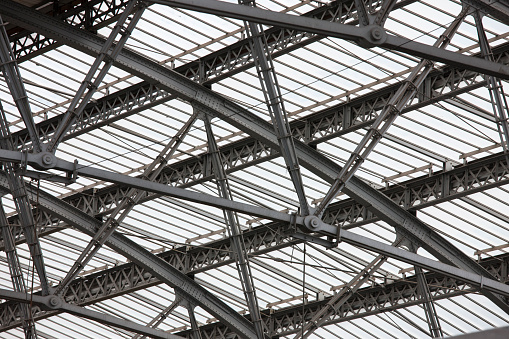Steel

How Steel is Sourced
Global steel production averages 2 billion tons each year, half of which comes from Chinese mills. The myriad components of steel are extracted from other countries, too, like Brazil, Columbia, India, Mexico, and Pakistan, all of which have been identified by the U.S. Department of State as places known to use forced labor in their mining industries. For this reason, using imported steel from foreign fabricators is increasingly risky, with threats to sustainability, thousands of American jobs, our national industrial investment, and the livelihood of the billions impacted by forced labor.
Pages 46-47 of the 2020 Design for Freedom Report lay out why the production of steel (as one of the top preferred structural building materials) can have such a high human cost. As an alloy of iron with carbon and other materials, steel is produced through a multi-layered process involving different companies and different locales. In the first stage, charcoal, mineral iron, coke, and fluxes comprise pig iron. In the second stage, pig iron, steel scraps, and precursors then produce steel, which also requires smelting and the reduction of carbon.
In the United States, steel is usually made through the “mini-mill” method, which converts steel scraps, pig iron ingots, and additional fluxes into “recycled” steel. Using domestic steel partially ensures that the sourced product is not only environmentally friendly (produced using fewer carbon emissions during the smelting process and in transit to a job site) but also that those involved in its creation are paid well and treated ethically at work. The American Institute of Steel Construction has over 1,000 full-member fabrication shops across the country and over a dozen mills.
Further resources:
Responsible Sourcing – World Steel Association
2021 World Steel in Figures – World Steel Association
Steel Supply Chain Service Centers – American Institute of Steel Construction